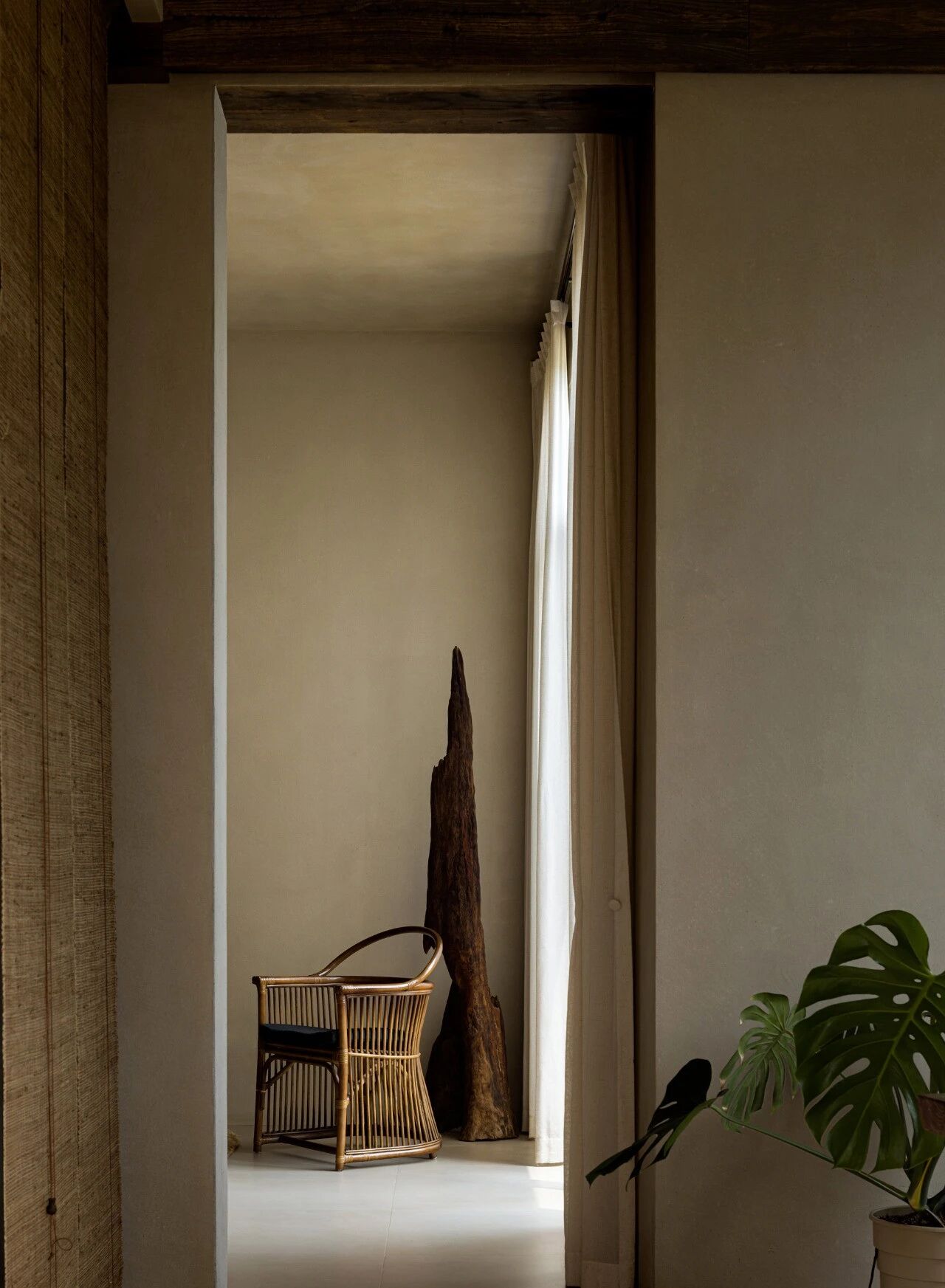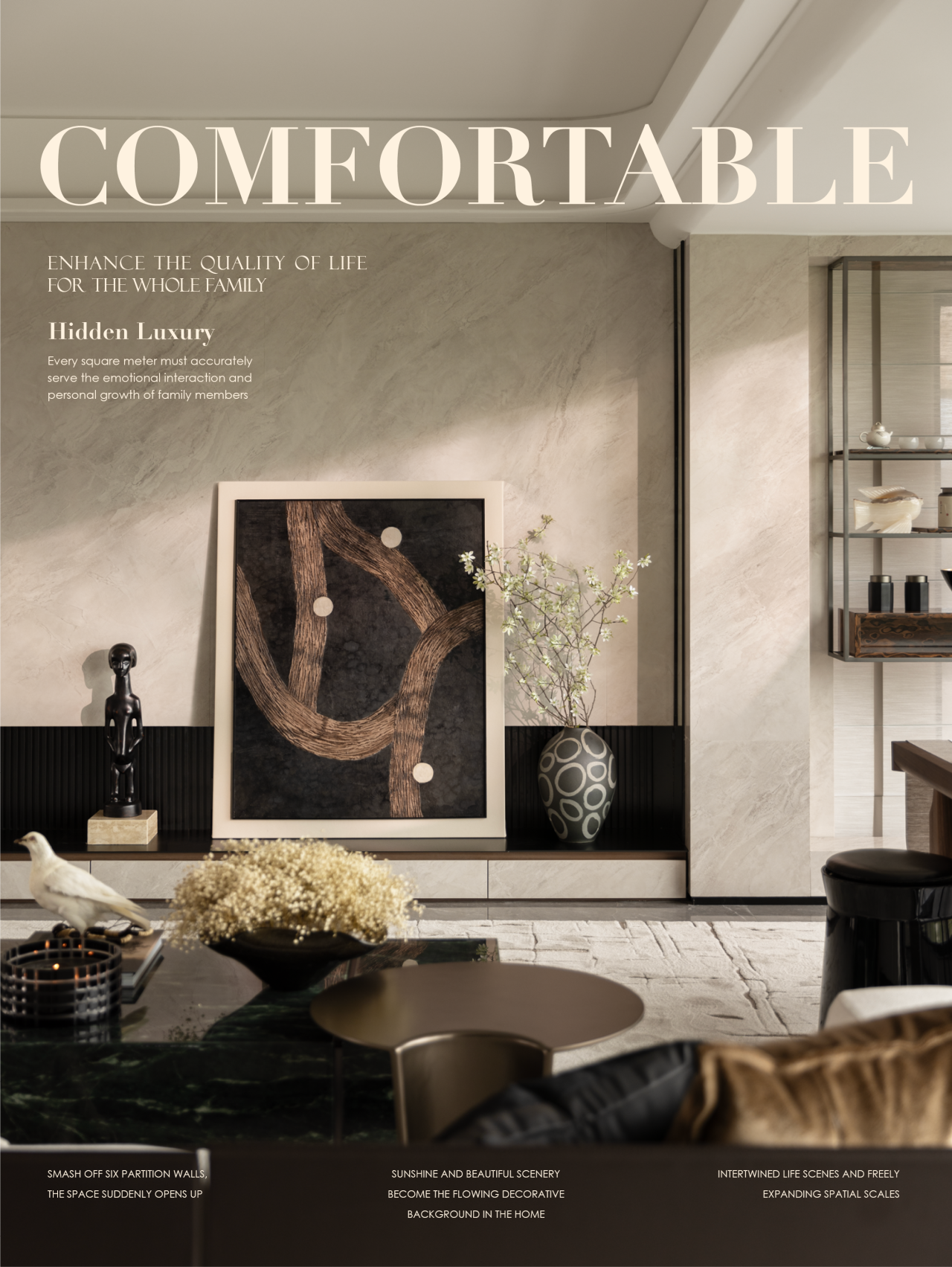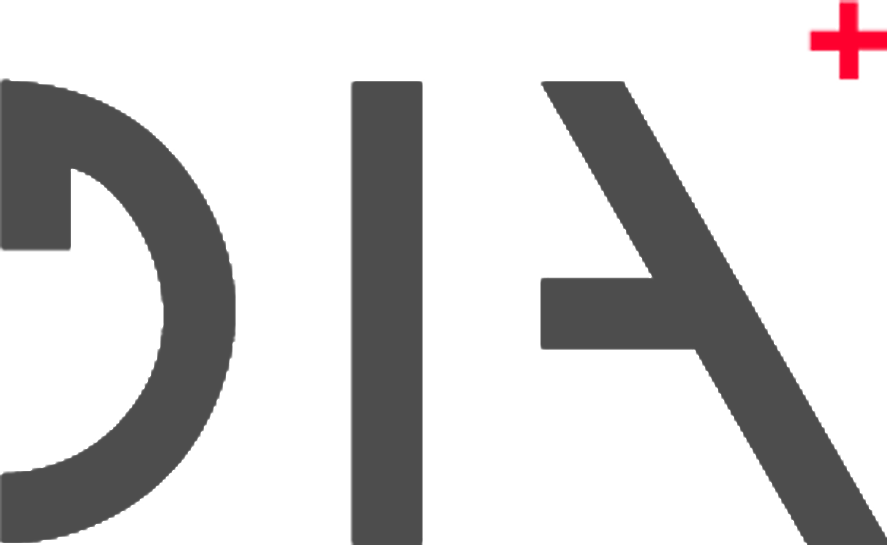The Confounding Architecture of Seouls The Imprint by MVRDV
2019-03-14 14:33
In their 1972 book “Learning from Las Vegas”, architects Robert Venturi and Denise Scott Brown famously distinguished between two types of buildings, “ducks”, buildings whose form embodies their function, and “decorated sheds”, those whose external shell is autonomous of the activities inside. The Imprint, a two-building entertainment complex at Seoul’s Paradise City by Rotterdam-based architecture practice MVRDV, remarkably succeeds in straddling both categories. Both modernist in their functional simplicity and postmodernist in their whimsical swagger, the two new buildings not only defy architectural categorization but also blur the distinction between architecture and art. The Imprint is the latest addition to Paradise City, an entertainment and hotel complex comprised of 6 buildings located a kilometre away from Incheon, South Korea’s largest airport, and consists of a nightclub and an indoor theme park. The two buildings required no windows but they nevertheless had to connect with their surroundings. MVRDV’s ingenious solution was to design two simple volumes onto which they projected the facades of the neighbouring buildings, imprinting them in the form of relief patterns.
建筑师罗伯特·文丘里(Robert Venturi)和丹尼斯·斯科特·布朗(Denise Scott Brown)在1972年出版的“向拉斯维加斯学习”一书中,著名地区分了两种类型的建筑:“鸭子”(鸭子),它们的形式体现了它们的功能;“装饰棚”(装饰性棚屋),它们的这是位于鹿特丹的“天堂城”的一座两座建筑的娱乐综合体-MVRDV,非常成功地跨越了这两类建筑。这两座新建筑,无论是功能简单的现代主义,还是后现代主义的异想天开,都是对建筑范畴的挑战,同时也模糊了建筑与艺术的区别。这是“天堂城”(Paradise City)的最新新作。天堂城是一座娱乐和酒店综合体,由6栋大楼组成,距离韩国最大的机场仁川机场一公里远,还包括一家夜总会和一个室内主题公园。这两座建筑物不需要窗户,但它们必须与周围的环境连接起来。MVRDV的巧妙解决方案是设计两卷简单的书,将邻近建筑物的正面投射到上面,以浮雕的形式“印”它们。
Photo by Ossip van Duivenbode.
图片来源于OsSIP van Duivenbode。
Photo by Ossip van Duivenbode.
图片来源于OsSIP van Duivenbode。
Photo by Ossip van Duivenbode.
图片来源于OsSIP van Duivenbode。
Photo by Ossip van Duivenbode.
图片来源于OsSIP van Duivenbode。
Photo by Ossip van Duivenbode.
图片来源于OsSIP van Duivenbode。
MVRD’s design adheres to the modernist principles as embodies by a typical glass tower: simple in form, the two buildings reflect their surroundings which “ensures coherence”, as principal and co-founder of MVRD Winy Maas says, adding that “Paradise City is not a collection of individual objects such as Las Vegas, but a real city.” At the same time, the architects have also espoused the postmodernist mantra of treating the façades as an autonomous element, “draped” as they appear to be over the two building volumes. The marriage of modernism and postmodernism is what ultimately makes The Imprint a marvel of contradictions: plain yet striking, stark yet whimsical, contained yet unfolding. The facades of the two buildings are in fact made up of 3,869 unique panels, created out of glass-fibre reinforced concrete, whose construction required moulds to be individually produced using MVRDV’s 3D modelling files. Once installed, the panels were painted white in order to emphasize the reliefs, thereby transforming the two buildings into sculptural volumes of abstract art.
MVRD的设计遵循了典型的玻璃塔所体现的现代主义原则:这两座建筑形式简单,反映了它们周围的环境,这“确保了一致性”,MVRD Winy Maas的主导者和联合创始人说,“天堂城不是拉斯维加斯等个人物品的集合,而是一个真正的城市。”与此同时,建筑师们也支持后现代主义的口号,即把立面当作一个独立的元素,就像它们似乎覆盖了这两座建筑的体积一样。现代主义和后现代主义的结合最终使这一印记成为一种矛盾的奇迹:朴素而醒目,赤裸裸但又异想天开,包容但仍在展开。这两座建筑的外墙实际上是由3,869块由玻璃纤维增强混凝土制成的独特面板组成,其结构要求使用MVRDV的三维模型文件单独制作模具。一旦安装,这些面板被涂成白色,以强调浮雕,从而将这两座建筑变成抽象艺术的雕塑卷。
Photo by Ossip van Duivenbode.
图片来源于OsSIP van Duivenbode。
Photo by Ossip van Duivenbode.
图片来源于OsSIP van Duivenbode。
Photo by Ossip van Duivenbode.
图片来源于OsSIP van Duivenbode。
Photo by Ossip van Duivenbode.
图片来源于OsSIP van Duivenbode。
Photo by Ossip van Duivenbode.
图片来源于OsSIP van Duivenbode。
But the most dramatic architectural gesture of all is undoubtedly the “lifted” entrances. Here, the buildings seem to literally lift up their skin like a curtain to reveal mirrored ceilings and glass media floors that zanily throb in kaleidoscopic colourfulness, luring visitors inside with a seductive taste of what is in store for them. In the morning, “after the nightly escapades”, Maas says, “a Zen-like silence follows during the day, providing an almost literally reflective situation for the after parties. Giorgio de Chirico would have liked to paint it, I think. To say that The Imprint was created to make a splash would be an understatement: it has actually been designed to be visible to passengers landing at Incheon Airport, courtesy of an immense, dazzling golden spot covering one corner of the nightclub building. Seen from above, the sun-like spot acts as a kind of welcome to South Korea. In order to further accentuate this attention-grabbing feature, when the rest of the facades are softly lit from below at night, the gilded spot is brightly illuminated from above, making it just one more example of MVRDV’s confounding design that succeeds, as Maas says, to surprise and seduce as well as soothe.
但最引人注目的建筑姿态无疑是“取消”入口。在这里,这些建筑似乎真的像窗帘一样抬起了皮肤,露出了镜面天花板和玻璃媒体地板,它们在千变万化的五颜六色中欢快地跳动着,用诱人的味道吸引着里面的游客,品味着为他们准备的东西。在早晨,“在夜间逃避现实之后”,马斯说,“白天会出现一种类似禅宗的沉默,为事后的聚会提供了一种近乎真实的反思。”我想,乔吉奥·德·奇里科(Giorgio De Chirico)会喜欢画它的。如果说这个印记是为了引起轰动而创建的,那将是一种轻描淡写的说法:它的设计实际上是为了让在仁川机场降落的乘客可以看到,这是一个巨大而耀眼的黄金景点,覆盖着夜总会大楼的一个角落。从上面看,这个类似太阳的光斑是对韩国的一种欢迎.为了进一步突出这一引人注意的特点,当其余的正面在夜间从下面柔和地被照亮时,镀金的地方从上面被明亮地照亮,这只是MVRDV令人困惑的设计的又一个例子,就像Maas说的那样,它成功地让人惊讶、诱惑和抚慰。
Photo by Ossip van Duivenbode.
图片来源于OsSIP van Duivenbode。
Photo by Ossip van Duivenbode.
图片来源于OsSIP van Duivenbode。
Photo by Ossip van Duivenbode.
图片来源于OsSIP van Duivenbode。
Photo by Ossip van Duivenbode.
图片来源于OsSIP van Duivenbode。
Photo by Ossip van Duivenbode.
图片来源于OsSIP van Duivenbode。
Photo by Ossip van Duivenbode.
图片来源于OsSIP van Duivenbode。
Photo by Ossip van Duivenbode.
图片来源于OsSIP van Duivenbode。
Photo by Ossip van Duivenbode.
图片来源于OsSIP van Duivenbode。
Photo by Ossip van Duivenbode.
图片来源于OsSIP van Duivenbode。
Photo by Ossip van Duivenbode.
图片来源于OsSIP van Duivenbode。
Photo by Ossip van Duivenbode.
图片来源于OsSIP van Duivenbode。
Photo by Ossip van Duivenbode.
图片来源于OsSIP van Duivenbode。
 举报
举报
别默默的看了,快登录帮我评论一下吧!:)
注册
登录
更多评论
相关文章
-

描边风设计中,最容易犯的8种问题分析
2018年走过了四分之一,LOGO设计趋势也清晰了LOGO设计
-

描边风设计中,最容易犯的8种问题分析
2018年走过了四分之一,LOGO设计趋势也清晰了LOGO设计
-

描边风设计中,最容易犯的8种问题分析
2018年走过了四分之一,LOGO设计趋势也清晰了LOGO设计






































































